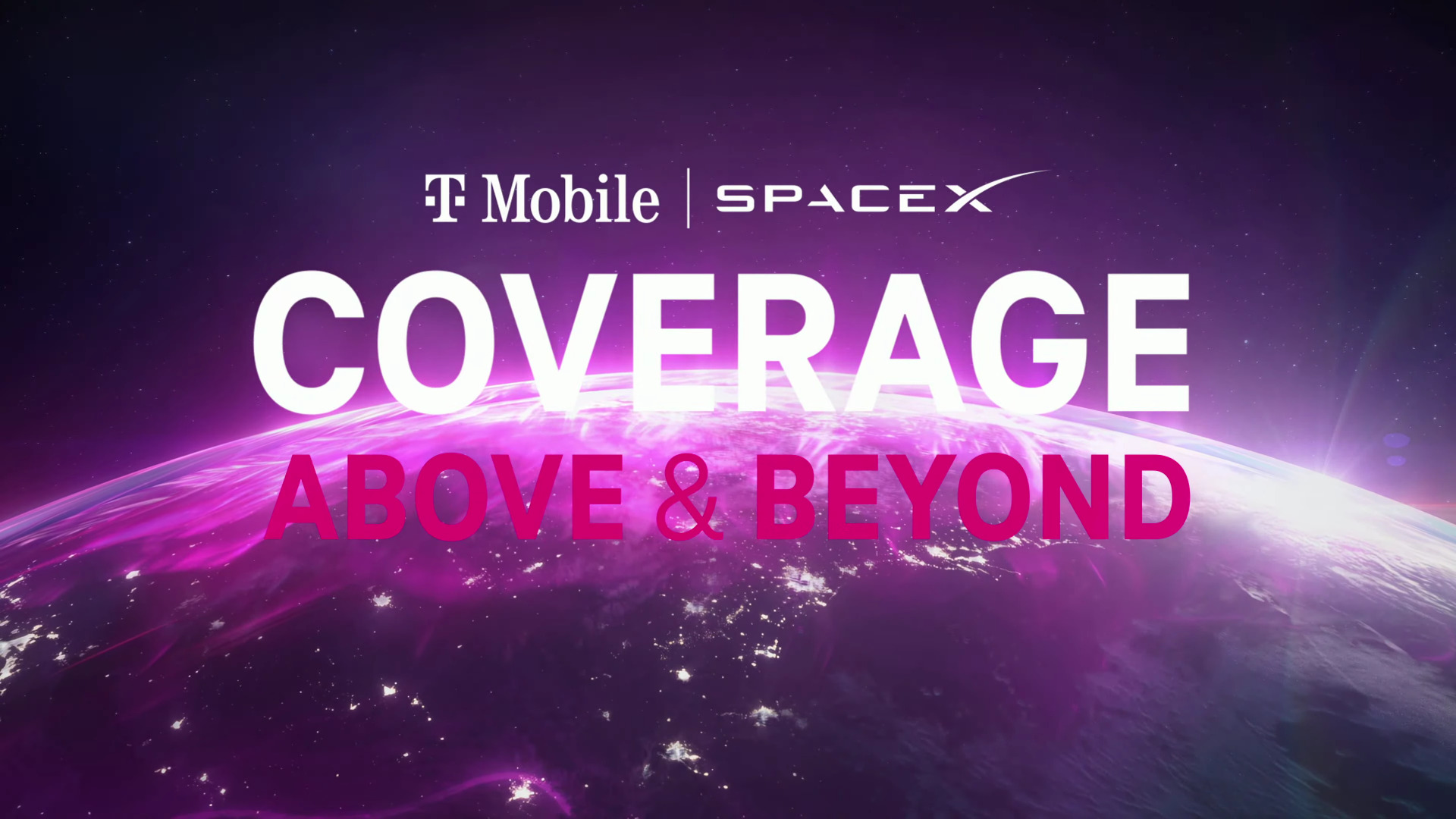T-Mobile and SpaceX Starlink launch big initiative to end dead zones once and for all
T-Mobile and Starlink will keep you connected no matter where you are.

What you need to know
- T-Mobile and SpaceX have announced a new partnership.
- T-Mobile phones will be able to connect to Starlink satellites for messaging.
- The companies aim to launch the satellites and beta for the new service by the end of 2023.
T-Mobile and SpaceX have just announced an unlikely partnership that aims to make dead zones a thing of the past. The new Coverage Above and Beyond initiative is a breakthrough service that will give customers basic cellular connectivity in areas that don't normally have it.
Per Thursday's announcement, the service will utilize T-Mobile's mid-band spectrum, which will be integrated into Starlink's second-generation satellites. Once the satellites are in orbit, they'll be able to beam a connection directly to your smartphone.
According to Elon Musk, the satellites will be equipped with large, powerful antennas that will provide as much as 2-4Mb per cell zone. Musk noted during the presentation that while this won't have the same bandwidth as a Starlink terminal, it should be enough for basic messaging, MMS, supported messaging apps, and even some video. However, the companies plan to expand this for voice and data at some point.
Starlink V2, launching next year, will transmit direct to mobile phones, eliminating dead zones worldwideAugust 26, 2022
While users probably shouldn't expect 5G speeds, this initiative should at least provide basic coverage "beyond the reach of any cellular network" in areas where even the best carriers in the U.S. have struggled to offer any sort of connection.
Musk says that this could potentially save lives, allowing users who are lost or stranded to still retain basic connectivity.
"The important thing about this is that it means there are no dead zones anywhere in the world for your cell phone," said Musk in a statement. "We're incredibly excited to do this with T-Mobile."
T-Mobile CEO Mike Sievert says that the carrier plans to get a beta of the service in late 2023 after SpaceX launches its new satellites. As far as pricing goes, he says that T-Mobile plans to make it free on its "most popular plans," while low-cost plans will likely pay a fee. And because it uses T-Mobile's mid-band spectrum, there's a good chance your phone will just work.
Get the latest news from Android Central, your trusted companion in the world of Android
"We've always thought differently about what it means to keep customers connected, and that's why we're working with the best to deliver coverage above and beyond anything customers have ever seen before," says Sievert. "More than just a groundbreaking alliance, this represents two industry-shaking innovators challenging the old ways of doing things to create something entirely new that will further connect customers and scare competitors."
T-Mobile plans to cover "most places in the U.S.," including Puerto Rico, Hawaii, Alaska, and territorial waters. However, both companies invite carriers worldwide to participate in order to achieve "reciprocal roaming," where users don't have to worry about coverage when traveling.

Derrek is the managing editor of Android Central, helping to guide the site's editorial content and direction to reach and resonate with readers, old and new, who are just as passionate about tech as we are. He's been obsessed with mobile technology since he was 12, when he discovered the Nokia N90, and his love of flip phones and new form factors continues to this day. As a fitness enthusiast, he has always been curious about the intersection of tech and fitness. When he's not working, he's probably working out.
